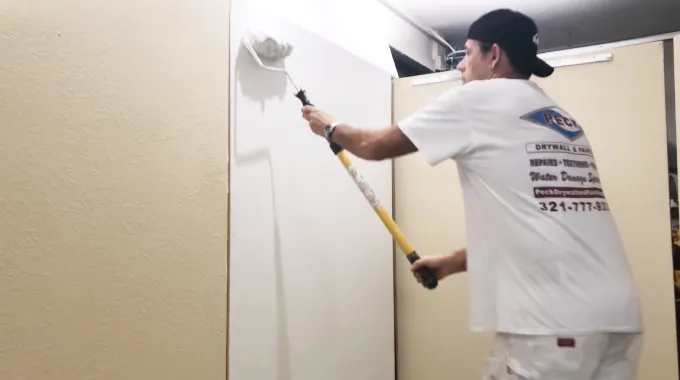Last Updated on March 22, 2023
Revamping your walls doesn’t mean you have to go through the hassle of painting them all over again. Give them a pick-me-up with drywall mud.
From textured paint finishes to oil-based stains, this joint compound will stick securely on any existing painted surface. Unfortunately, semi-gloss and high gloss finishes don’t make the cut, but with all the other options available, why not give this easy fix a try?
The joint compound offers a plethora of advantages like an improved bond, greater endurance, easier repairability, and enhanced visuals, all for less money than painting.
But beware, an improper application can spell disaster as moisture buildup between layers could cause peeling or bubbling, while light exposure may result in fading. Keep reading for pro tips on preparing your walls before giving them a coat of fresh plastery goodness.
What Type of Paints Can You Use for Drywall Mud?

Applying drywall mud over paint can be a great way to improve the look, durability, and overall cost of your walls. There are certain types of paints that you can put drywall mud over, such as water-based paints like latex and acrylic paints, as well as alkyd-based paints and oil-based stains, textured paint finishes, and primers.
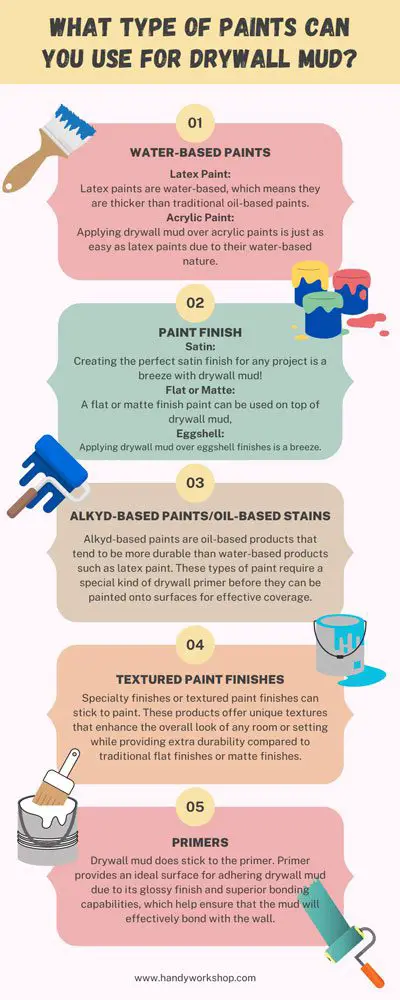
1. Water-Based Paints
Latex Paint:
Latex paints are water-based, which means they are thicker than traditional oil-based paints. When drywall mud is applied over these types of paints, it adheres well due to their thickness and the presence of bonding agents within them.
The best results are seen when the latex paint has been allowed to cure for around 30 days prior to applying the drywall mud. This allows ample time for any volatile compounds to evaporate and also prevents bubbles from forming underneath the layer of drywall mud.
It is important to ensure that the paint is completely clean and free from dirt, dust, or debris before proceeding with an application of drywall mud.
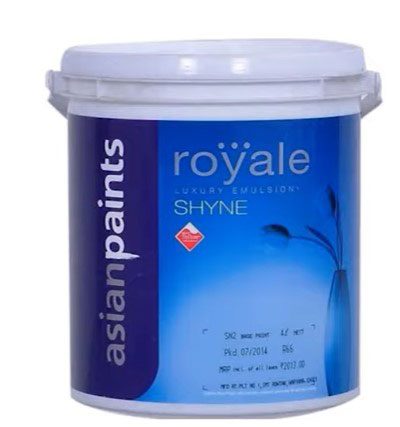
Acrylic Paint:
Applying drywall mud over acrylic paints is just as easy as latex paints due to their water-based nature. However, an additional benefit of using acrylic paints as a base coat before adding a layer of drywall mud is that it provides superior adhesion and creates a smooth finish for your walls.
To obtain optimal results, ensure that you allow your acrylic paint to cure fully before applying the drywall mud. This will help prevent bubbling and cracking in the long run.
2. Paint Finish
Satin:
Creating the perfect satin finish for any project is a breeze with drywall mud! The mixture’s glossy content ensures adherence to surfaces while still providing enough texture to avoid cracks and bubbles.
Satin finishes are the perfect pick for those looking to instantly add some life into a flat or dull wall. Not only is it easy and low-maintenance, but you don’t have to worry about any chalky residue left behind after drying! Transform your space with minimal effort in no time.
Flat or Matte:
A flat or matte finish paint can be used on top of drywall mud, helping you effectively diffuse light while also masking any imperfections that may arise over time. This will keep walls looking clean and pristine for longer periods without having to worry about dust particles settling onto them.
Eggshell:
Applying drywall mud over eggshell finishes is a breeze. Its glossy finish provides just enough adhesion and texture to ensure no bubbling or cracking when your project dries.
In addition, eggshell finishes also provide excellent coverage when compared to lower sheens, such as flat/matte. This enables you to achieve full coverage across all areas without having too many layers involved, which ultimately saves time & money in comparison!
3. Alkyd-Based Paints/Oil-Based Stains
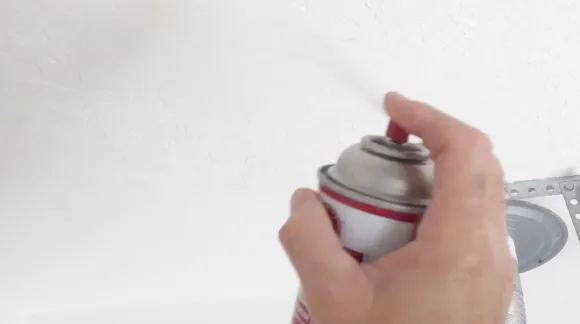
Alkyd-based paints are oil-based products that tend to be more durable than water-based products such as latex paint. These types of paint require a special kind of drywall primer before they can be painted onto surfaces for effective coverage.
Oil-based stains also require this kind of preparation before being applied over surfaces as it helps the stain penetrate into the wood grain better for adequate results. The oils in these materials act as an effective lubricant for manual tools such as trowels and sponges.
4. Textured Paint Finishes

Specialty finishes or textured paint finishes can stick to paint. These products offer unique textures that enhance the overall look of any room or setting while providing extra durability compared to traditional flat finishes or matte finishes.
Specialty finishes tend to be more expensive, but they last longer than other types of paint, so they often end up being well worth the investment in terms of longevity and aesthetic appeal.
5. Primers:
Drywall mud does stick to the primer. Primer provides an ideal surface for adhering drywall mud due to its glossy finish and superior bonding capabilities, which help ensure that the mud will effectively bond with the wall.
What Type of Paints Can’t You Use for Drywall Mud?
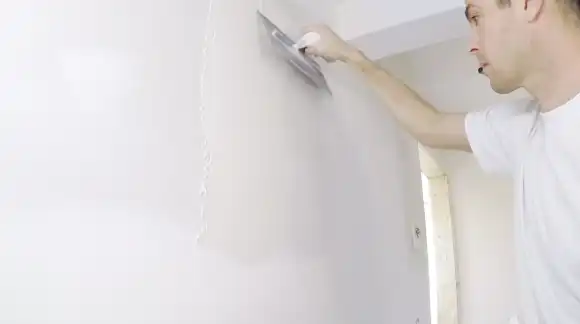
1. Semi Gloss:
You cannot put drywall mud over semi-gloss paint if you want a clean and professional finish. Semi-gloss paints are shinier than other finishes, and the sheen of the paint won’t allow the drywall mud to stick properly, resulting in an uneven surface or blisters along with bubbles.
2. High Gloss:
Drywall mud should never be used over high gloss paint, as this will cause the same issues as with semi-gloss paint. High gloss paints have a very shiny and reflective surface, and applying drywall mud over it can result in an uneven look with bumps and lumps all over the wall.
In addition, high gloss paints are typically harder than other finishes, so they don’t provide enough grip for the drywall mud to stick properly.
How to Put Drywall Mud Over Paint?
Putting drywall joint compound mud over paint allows you to add a new layer of texture and protection to any wall. The following steps will guide you through the process of putting mud over painted drywall.
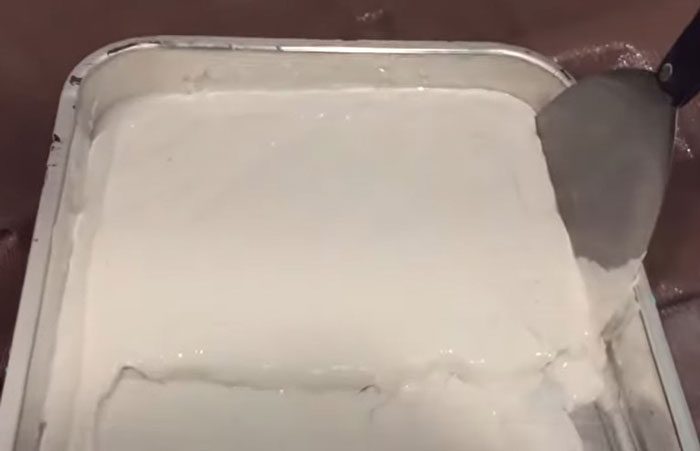
Necessary Tools for Applying Drywall Mud Over Paint
1. Sandpaper or Sanding Block
2. Taping Knives
3. Damp Cloth or Dust Sheet
4. Water
5. Trowels and sponges
Step 1: Prepare a Clean Surface
Before beginning, it is important to ensure the area is adequately prepared with a clean surface. Start by removing dirt, dust, and debris from the wall using a damp cloth or dust sheet. Afterward, apply a coat of primer, allowing it to dry completely before continuing on.
Step 2: Mix Drywall Mud with Water
Next, mix together your drywall mud with water until you achieve the desired consistency. You may need to experiment a bit with ratios for the best results, depending on what type of drywall mud you are using.
Step 3: Applying Drywall Mud
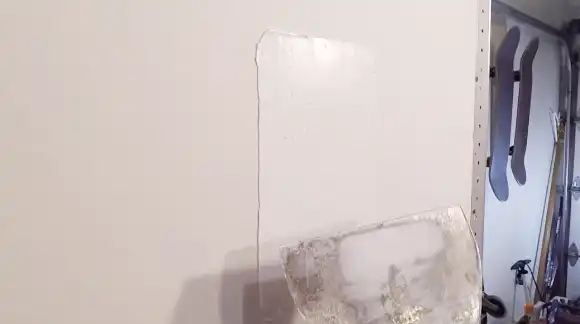
Once mixed properly, begin applying the mixture onto the painted wall in thin layers using either your hands or tools such as trowels and sponges. Be sure to evenly distribute the mud in all areas, filling in any dips and corners that may be present.
You should also spread out a thin layer of joint compound over larger surfaces, such as walls and ceilings. To help ensure an even application, you may want to use a few tools, such as a drywall blade or taping knife.
Allow 24 hours for the compound to fully cure before adding any more coats. For best results, use multiple layers of thin joint compound instead of one heavy layer. This will reduce cracking after the mud dries.
Once finished applying your layers of drywall mud over the paint, sand them down lightly using fine-grit sandpaper until they are smooth and even throughout the entire area. If needed, use a damp cloth to remove large chunks of excess mud or dust created during sanding.
When you are satisfied with your application of drywall compound, allow it to dry completely before painting over it. This may take anywhere from 24-48 hours, depending on humidity and temperature levels in your home.
Once it has dried, you can then go ahead with painting over it and enjoy a freshly painted wall. Or, apply a coat of sealant for added protection against moisture and potential damage from everyday wear and tear.
Benefits of Using Drywall Mud on top of Paint
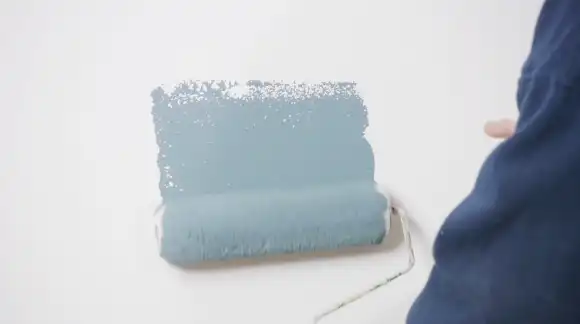
1. Better Bond Strength Between Painting Layers
Using drywall mud on top of drywall paint provides superior bond strength, making it easier to achieve a seamless look between commercial painting layers and preventing premature chipping, cracking, or peeling.
Drywall mud is extremely adhesive and helps create an airtight seal between the paint layers, allowing them to remain secure over time. Since drywall mud dries quickly, it will not disrupt the original painting process, creating less mess and hassle during the application process.
2. Increased Durability
Topping mud creates an incredibly hard-wearing surface due to its composition of plaster, gypsum, and water, which gives it a high degree of durability. This makes it ideal for areas that require extra protection against wear and tear or exposure to moisture or other damaging elements.
Furthermore, because most drywall muds are resistant to fading, they help maintain the original color and texture of your paint job for an extended period of time.
3. Lower Risk of Chipping, Cracking, or Peeling
Applying drywall mud on top of your fresh coat of paint can help lower the risk of chipping, cracking, or peeling compared with when no additional protection is used over the paint job.
This is because the drywall mud acts as a protective layer that prevents moisture from penetrating into your wall-board which can cause the paint to bubble or chip off over time.
Additionally, by providing a strong bond between your wall boards and your new layer of paint, you’re less likely to experience any deterioration in quality due to environmental changes or daily wear and tear.
4. Ease of Repair When Damage Does Occur
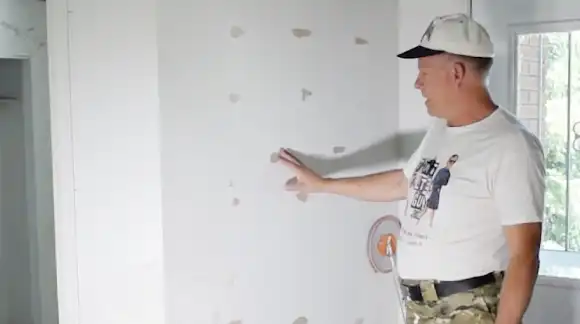
Another huge benefit of using drywall mud on top of paint is that repairs are much easier if damage does occur down the line.
Since this form of protection encourages a strong adhesion between each layer you don’t have to worry about re-painting large sections if only one area gets damaged. Instead, you can repair individual spots without having to redo the entire project, saving yourself both time and money in the long run.
5. Improved Appearance
With drywall mud, you can achieve professional-looking results without breaking a sweat. This versatile material makes it easy to create seamless transitions between layers for beautiful designs.
Plus, anyone can easily apply this substance with amazing results. Goodbye amateurish finishes, and hello stunning style.
6. Reduced Overall Cost Compared to Repainting
Perhaps one biggest benefit associated with using drywall mud after the painting is its cost efficiency compared with repainting whole areas to repair small damages.
Not only does this save you money upfront, but it also means you don’t have to go through the unnecessary hassle associated with having to redo entire coating jobs when small parts deteriorate over time.
Can You Skim over the Paint?
Yes, you can skim coat over paint if the existing surface is clean and free of debris. Skimming over paint is a great way to create a smooth and uniform surface before applying additional coats of paint.
What Adhesive Can I Use on Painted Walls?
Putty is an effective adhesive that works well when applied to painted walls. It adheres better than double-sided tape, creating a stronger bond and a more secure hold. Additionally, putty can be used to fill in small gaps between the wall and any objects you may want to attach to it.
Does Drywall Mud Absorb Paint?
Yes, drywall mud absorbs paint, but this process depends on the type of paint used and the drying time of the mud itself. Oil paints can be absorbed faster than latex-based alternatives, but the atmosphere affects absorption rates.
Variables like temperature and humidity levels play a role in how quickly paint soaks into surfaces. In addition, the drying time of the drywall mud also determines how much paint is absorbed. Longer drying times allow for more absorption.
Why Does Drywall Mud Bubble on Paint?
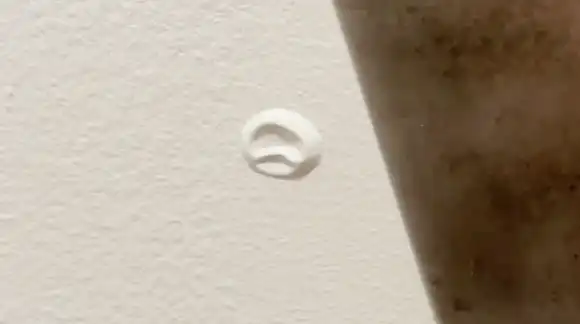
Drywall mud can bubble up on paint due to improper application or incorrect drying times. If the drywall mud has been applied too thickly or if it hasn’t been given enough time to properly set it before painting over it, air trapped underneath will cause bubbles in the finished surface.
Achieve a Stylish, Durable Wall Finish with Drywall Mud Over Paint
Drywall mud application over paint is a great way to enhance the look and functionality of your walls without having to repaint them entirely. Before beginning your project, remember that semi-gloss and high-gloss paints aren’t ideal for the job.
Applying drywall mud over paint is an excellent way of giving your walls a fresh new look while also increasing their strength and longevity at the same time. They can even be painted over to achieve different shades and textures without needing too many coats or enduring long drying times.
The moisture between layers can lead to unsightly things like peeling or bubbling down the line. Also worth noting is that light exposure over time may cause fading due to the additional layer of material applied with the drywall mud.
With proper preparation and application, you can make sure your walls are given the best treatment possible.
